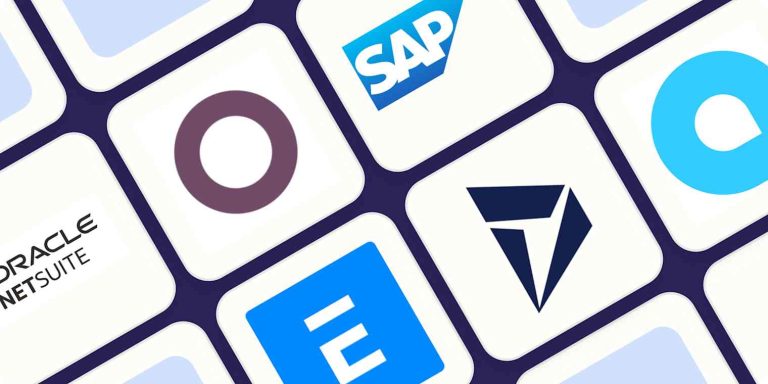There is more to choosing an enterprise learning management system (LMS) than just picking one. Informed decisions are important for businesses that want to enhance their training strategies. An LMS, if used correctly, can change the entire learning experience of employees, enhance productivity, and add value to the organization. Organizations can derive immense benefits from this selection if they know the key considerations.
Understanding Business Needs
As there are so many options for an enterprise learning management system out there, businesses need to understand their needs first. Since every organization has different training needs, understanding these needs is the first and most important step. Think about whether the emphasis is placed on compliance training or employee skill development, or both. When choosing your format, it helps to understand your audience and their tech-savvy levels and learning styles to make a more accurate choice.
Evaluating Must-Have Capabilities
An LMS should be a platform to host all learning formats. Think about videos, quizzes, and other interactive learning modules that the system can support. Mobile, current tool integration, and reporting tools are also important. Device diversity ensures that employees can enjoy anytime, anywhere learning tailored to different types of employees.
Assessing User Experience
The most important factor for any learning management system is user experience at the end of the day. A clean UI, easy navigation, and fast performance are important. If employees are unable to utilize the learning management system, training might not be effective. A trial or demo offers an insight into how usable the system is. Working with potential users by presenting them with your app at this stage helps you to realize potential issues down the line.
Scalability And Flexibility To Adapt To Changing Needs
As organizations scale and adapt, ensuring that the LMS can grow and evolve with them is crucial. It is a scalable solution in that it can absorb more and more users along with a growing library of content without performance hitting the brakes. Flexibility in customization enables the LMS to cater to the business needs as they change and evolve. By customizing the system according to branding deployment or culture adherence that penetrates the organization, acceptance of the tool is much higher.
Evaluating Support And Training Strategies
Support and training are important factors for successful LMS implementation. Evaluating the customer support channels, turnaround times, and quality of support helps you make an informed choice. Additionally, system-specific training materials, including tutorials and user manuals, enable employees to make the most out of the system. Look for a vendor that provides continuous support and updates so that the LMS will not become obsolete.
Budget Considerations
The budget is significant for your decision-making process. Investing in a quality system ensures you reap the benefits for years to come, but businesses must balance costs and features that they want. Examining pricing models — subscription-based versus one-time fees — provides a view of total cost of ownership. Considering other charges, like setup costs or premium assistance, prevents surprises down the road.
Security and Compliance
Organizations have always prioritized the protection of their sensitive data. Having a compliant LMS gives you that peace of mind. It makes the system secure by encrypting data, performing regular updates, ensuring safe user identification, and maintaining good passwords. Data protection and compliance enablement are also facilitated. Vendors that prioritize data protection, compliance, and other preventative measures first indicate a willingness to prioritize the safety of organizational data.
Feedback and Reviews
Reviewing reviews from other users gives you a first impression of how well an LMS runs. Reviews can illustrate the real-world impact of the service, showing strengths but also bringing out shortcomings. Talking to practitioners or forums can also provide different viewpoints. This collective wisdom helps you to arrive at a balanced perspective about your choices.
Decision Making and Strategy Implementation
With the right research, businesses can make an informed decision. To make sure the final selection aligns with the goals of the organization, key stakeholders must also be involved in the decision. After selecting an option, creating a comprehensive execution plan enables a seamless shift. Continuous assessment and feedback cycles guarantee that the LMS remains responsive to changing needs, promoting ongoing enhancement.
Conclusion
Businesses can use the right LMS to transform organizational training. Considering the distinct requirements, reviewing features, and taking scalability into account helps businesses make an informed decision. An LMS opens many doors for new opportunities and developments inside your organization when you have the right one.
Guest writer


























